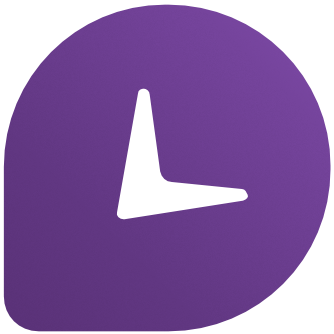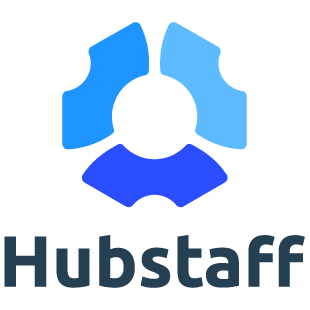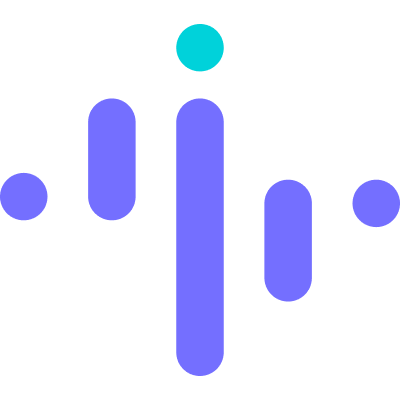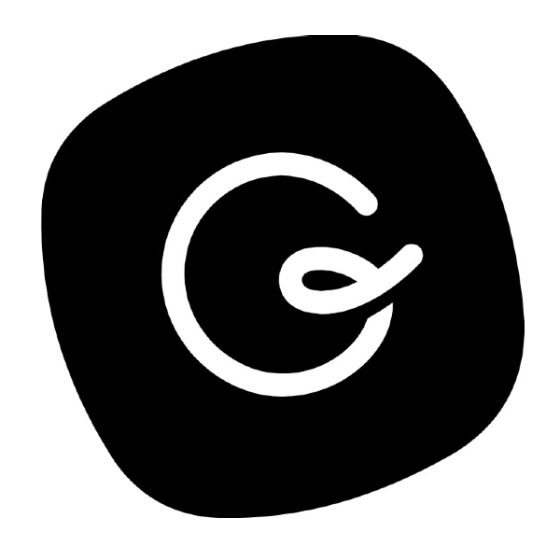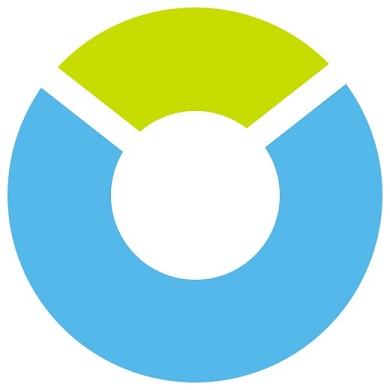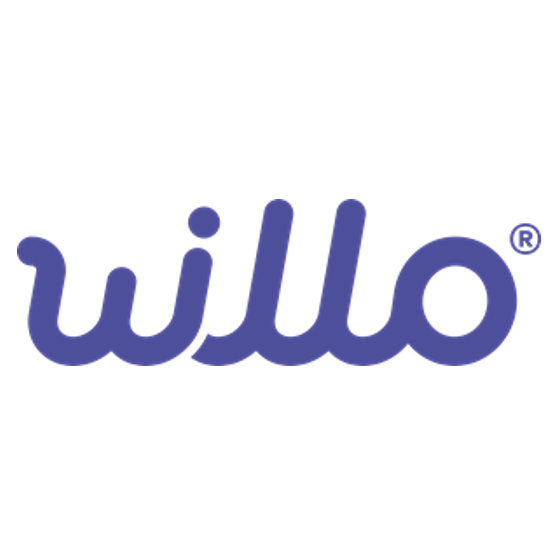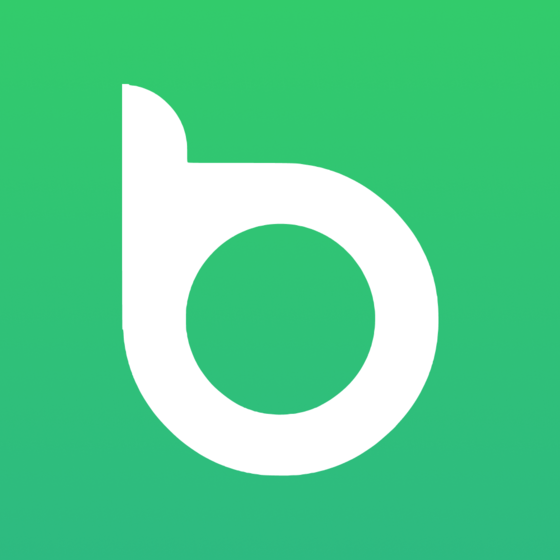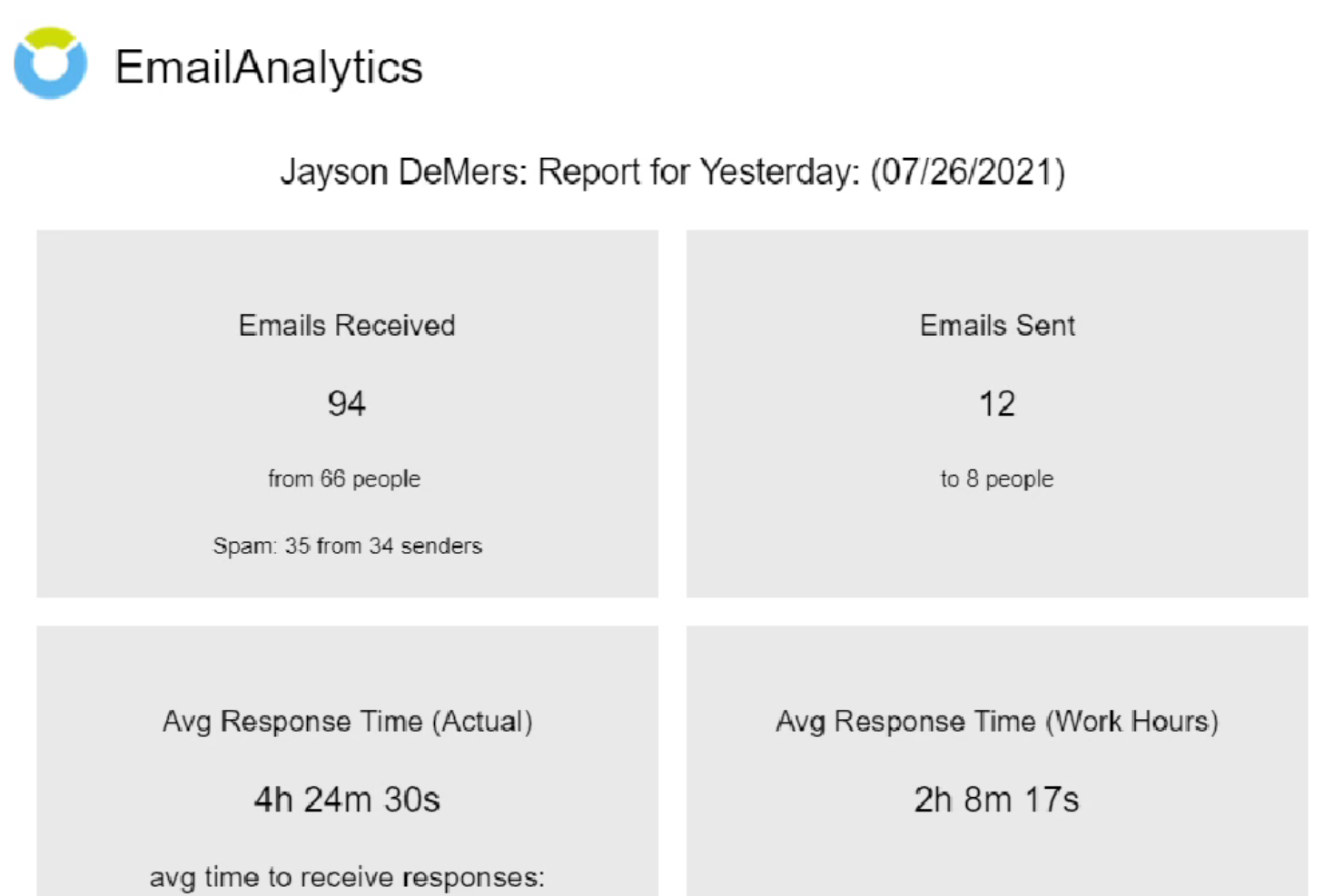10 Best Productivity Tracking Software Shortlist
Here's my pick of the 10 best software from the 24 tools reviewed.
Get free help from our HR software advisors to find your match.
With so many different productivity tracking software available, figuring out which is right for you is tough. You know you want a tool to track task and goal progress, promote better time management, and increase your employees' accountability and transparency per task, but you need to figure out which tool is best. In this article, I'll help you make your choice easy by sharing my insights on the best productivity tracking software for remote and hybrid teams.
What is Productivity Tracking Software?
Productivity tracking software is a tool that organizations use to measure several aspects of productivity, which are then combined into a total productivity percentage value for each employee. This software tracks different metrics, such as output, time spent per task, focused time versus idle time, and time spent on administrative tasks.
Productivity tracking software can help managers gain a more detailed view of how their employees are managing their work hours, allowing them to identify those who need more guidance to perform better. They can also help you reduce time wastage, enforce corporate policies, and gain better data-driven insights.
The 10 Best Productivity Tracking Software Comparison Chart
Here’s a comparison chart that summarizes basic details about each of my top productivity tracking software selections. You can view pricing details and the availability of free trials or demos side-by-side to help you find the best software for your budget.
| Tool | Best For | Trial Info | Price | ||
|---|---|---|---|---|---|
| 1 | Best productivity tracking software with activity monitoring | 10-day free trial | From $5.99/user/month | Website | |
| 2 | Best for visual work verification | 14-day free trial | From $4.99/user/month (billed annually) | Website | |
| 3 | Best productivity tracking software for automated and simple time mapping | 7-day free trial | From $8/user/month | Website | |
| 4 | Best for enterprise AI knowledge search | 30-day free trial | From $18/user/month | Website | |
| 5 | Best for detailed reporting | 30-day free trial | From $6/user/month | Website | |
| 6 | Best productivity tracking software for comprehensive insights on employee efficiency levels | 21-day free trial + free plan for up to 3 users | From $7/seat/month | Website | |
| 7 | Best productivity tracking software for garnering real-time productivity analytics | Free trial available | From $6.99/user/month | Website | |
| 8 | Best for advanced user behavior analytics | Free trial available | From $19/user/month | Website | |
| 9 | Best productivity tracking software for charting email trends and improving email response rates | 14-day free trial | From $15/user/month | Website | |
| 10 | Best productivity tracking software for setting time-bound restrictions to applications | Free trial available | From $2.99/user/month | Website |
-

Rippling
Visit WebsiteThis is an aggregated rating for this tool including ratings from Crozdesk users and ratings from other sites.4.8 -

Willo
Visit WebsiteThis is an aggregated rating for this tool including ratings from Crozdesk users and ratings from other sites.4.8 -

Boon
Visit WebsiteThis is an aggregated rating for this tool including ratings from Crozdesk users and ratings from other sites.4.7
Overviews of the 10 Best Productivity Tracking Software
Here’s a brief description of each productivity tracking software that showcases each system’s best use case, their noteworthy features, and some pros & cons. I’ve also included screenshots to give you a snapshot of their user interface.
Monitask is a productivity tracking software that helps companies monitor and manage their employees' time and efforts. It offers features such as time tracking, online timesheets, computer monitoring, remote employee monitoring, and employee attendance tracking.
Why I picked Monitask: I chose Monitask because of its comprehensive activity monitoring and detailed productivity analysis features. Monitask's ability to track mouse clicks, keystrokes, and onscreen tasks, alongside its screenshot functionality, offers an in-depth view of employee activities throughout the workday. Additionally, Monitask's time-tracking capabilities ensure that every minute spent on work tasks is accounted for, providing accurate data for performance evaluations and project management
The platform also has a real-time dashboard and automatic report generation to simplify the process of monitoring employee performance and identifying areas for improvement. These features, combined with the ability to customize settings for different team members, make Monitask a versatile tool for enhancing productivity and optimizing business processes.
Monitask Standout Features and Integrations
Features include automatic time tracking, proof-of-work screenshots, website logging, productivity scores, project and task tracking, attendance tracking, summaries and custom reports, software usage tracking, GDPR Compliance, and more.
Integrations include Slack, Trello, Asana, Google Sheets, Jira, ClickUp, Microsoft Dynamics 365 CRM, Zapier, and more.
Pros and cons
Pros:
- Reports on employee productivity
- Available for multiple operating systems
- Tracks time on different tasks
Cons:
- Navigating the platform can be confusing at first
- No mobile app available
Hubstaff is a versatile time tracking and productivity monitoring tool that caters to teams of any size, whether you're a solo entrepreneur or part of a large organization. Its primary goal is to enhance productivity by providing insights into how time is spent across various projects and tasks.
Why I picked Hubstaff: One of the key features that stands out to me is its activity monitoring capability. The software measures keyboard and mouse usage to determine activity levels, offering a quantifiable way to assess engagement during work hours. This data helps managers identify patterns, allocate resources effectively, and address potential productivity issues.
Another notable feature is Hubstaff's optional screenshot functionality. Managers can configure the software to take periodic screenshots of employees' screens, providing visual confirmation of work being performed. This feature can be customized to blur sensitive information, balancing oversight with privacy considerations.
Hubstaff Standout Features and Integrations
Features include time tracking, timesheets, attendance management, reporting, payroll, expenses and invoicing, GPS time tracking, project cost management, employee scheduling, overtime tracker, billing and invoicing, and workforce analytics.
Integrations include Jira, Slack, Asana, Trello, QuickBooks, Salesforce, GitHub, PayPal, FreshBooks, ClickUp, monday.com, and Zendesk.
Pros and cons
Pros:
- Chrome extension
- Productivity line charts
- Automated reports
Cons:
- User interface navigation is a little tricky
- Occasional data mismatch between calculated time in employee and admin panels
Best productivity tracking software for automated and simple time mapping
Insightful lives up to its name, with the tool promising to deliver several project-related insights and employee productivity attributes. Many small businesses rely on Insightful for spiking productivity and tracking employee efficiency.
Why I picked Insightful: I like Insightful primarily because of the automated time mapping feature. By implementing automatic time data mapping, insightful delivers accurate project insights that eliminate human error. Insightful provides you with a comprehensive view of the time spent by your employees at distinct stages of a project. The tool also offers precise statistics to help you better justify your projects' budgets and billable hours.
Proof of work is another challenge for employers hiring freelancers or contractors who invoice against billable hours. Insightful implements a real-time monitoring method that gives a snapshot of employees' website and app usage. Additionally, you can personally label apps and websites that are productive for your project or organization.
Insightful Standout Features and Integrations
Features include automated screenshots, verified attendance, automated time entries mapping, attendance tracking, historical timekeeping, productivity labeling, and different logins for clients, managers, and employees.
Integrations include 5+ tools like Data Studio, IBM Cognos Analytics, Looker, Power BI, Slack, Tableau, and others.
Pros and cons
Pros:
- User-friendly user interface
- Screenshots depicting window changes
- Includes a REST-based API for custom integrations
Cons:
- Occasional automation bugs
- Can't delete users in some cases
Guru is a knowledge management platform that leverages artificial intelligence to provide enterprise-level search capabilities.
Why I picked Guru: I selected Guru after evaluating its extensive features, which cater to the needs of complex workflows and its compatibility with a range of existing tools. Its standout attributes include a user-friendly interface and advanced search capabilities, which are essential for managing digital projects efficiently. I believe Guru is particularly suited for enterprise AI knowledge search because it enables comprehensive searches across various platforms, delivering instant and accurate answers, which is crucial for large-scale operations where timely access to information is key to maintaining productivity.
Guru Standout Features & Integrations
Features include enterprise AI search, an employee intranet, a company wiki, AI suggest and assist, custom branding tools, collaboration and feedback tools, mobile accessibility, and access controls and permissions.
Integrations include Trello, Cognito Forms, Jira Software Cloud, Confluence Cloud, HubSpot, Google Chat, Confluence Server, and GitHub.
Pros and cons
Pros:
- Improves communication with clients
- Robust search feature
- Convenient for customer-facing content
Cons:
- Potential for it to reference outdated content within the system
- Limited integrations
actiTIME is a time-tracking software that helps businesses manage projects, teams, and clients in one place. It enables your team to log work hours, track leave time, and monitor project progress.
Why I picked actiTIME: One reason I chose actiTIME is its comprehensive reporting capabilities. You can generate detailed reports on time distribution across clients and assignments, monitor individual and team productivity trends, and assess project costs. These insights allow you to identify profitable projects and make data-driven decisions to enhance efficiency.
Another notable feature is actiTIME's task and project management tools. You can set task estimates, deadlines, and statuses to keep your projects on track. The Kanban board view provides a clear picture of work progress, helping your team stay organized and focused. This structured approach to task management contributes to improved productivity and timely project completion.
actiTIME Standout Features and Integrations
Features include weekly timesheet, calendar view, overtime calculation, timesheet locking, timesheet approval, email notifications, custom workflows, data export, user permissions, workload management, task assignments, and custom fields.
Integrations include actiPLANS, QuickBooks, Zapier, GitHub, Salesforce, Jira, Trello, Outlook, Evernote, Todoist, Bamboo HR, and Google Calendar.
Pros and cons
Pros:
- Mobile app facilitates time tracking on the go
- Detailed reporting capabilities for productivity analysis
- Comprehensive time and project tracking features
Cons:
- Initial setup and customization can be time-consuming
- Limited integration options compared to competitors
Traqq
Best productivity tracking software for comprehensive insights on employee efficiency levels
Traqq enables businesses to retrospect and analyze internal processes. With Traqq, your teams unlock a new dimension in understanding various aspects of work productivity. As a result, you can conduct root cause analysis of low productivity times and quickly implement a workaround to boost efficiency.
Why I picked Traqq: I love how the developers at Traqq have created a simple yet comprehensive productivity tracking software. The activity levels generated on the Traqq dashboard have an interesting algorithm. The tool tracks your employees’ keyboard clicks and mouse movements. Consequently, the activity page populates your employees’ daily activity in different coloured blocks depicting sessions of low, average, and high activity levels.
Traqq detects and reports websites and apps on which your employees spend over 10 seconds. As a result, you can get a quick overview of what distracts your employees. Traqq also takes random screenshots at 10-minute intervals and uploads them to a secure online storage space.
Traqq Standout Features and Integrations
Features include application and URL tracking, activity level generation, desktop screenshots, desktop screen recording, idle time and attendance tracking, team management, analysis and reporting, and others.
Integration details are currently not available.
Pros and cons
Pros:
- Accurate employee tracking
- Screenshot-taking can be paused
- Automation of email reports (daily/weekly)
Cons:
- No support for foreign languages
- No support for third-party integrations
We360.ai
Best productivity tracking software for garnering real-time productivity analytics
We360.ai started in Q4 of 2020 and has made significant strides in productivity-tracking software. The software offers many tools, including project management, tracking productivity logs, and real-time analytics.
Why I picked We360.ai: I'm particularly interested in the real-time productivity analytics that We360.ai offers. We360.ai gives you live statistics about your employees' activities: what applications they use, their usage duration, and their availability status. It's like a live stream of your employees' online activities.
Additionally, We360.ai has a nifty leave management system that tracks employee leaves, aiding with payroll processing. As a result, you can easily track, approve, or reject leave requests. The Health360 segment of We360.ai helps you manage your employees' well-being. You can swiftly analyze which employees are overworking or underworking and then intelligently shift workloads.
We360.ai Standout Features and Integrations
Features include real-time analytics, desktop screenshots, a time tracking app, leave management, user data import, CSV report export, cross-OS compatibility, automated attendance, domain blocking, a mobile application for admins, and task & project management tools.
Integrations include 10+ tools like Asana, ClickUp, GitHub, Google Calendar, Insightly, Jira, PayPal, Slack, Trello, Zapier, Zendesk, and others.
Pros and cons
Pros:
- There is an option for a Lifetime Deal (LTD)
- Free and detailed live training
- Dedicated account manager
Cons:
- Issues with bulk downloading screenshots
- The monthly plan requires a minimum of 10 users
Teramind is a user behavior analytics software platform designed for businesses across various industries, with features focusing on cybersecurity, compliance management, and employee productivity.
Why I picked Teramind: Teramind's productivity tracking software gives you detailed insights into how your team spends their time at work. With behavior analysis, you can see patterns in user actions, helping to spot inefficiencies and refine workflows. The data telemetry feature collects user activity information without being intrusive, showing where time is well-spent or wasted.
Another useful feature is AI-driven predictive analytics, which spots potential productivity bottlenecks before they become serious issues. The software also helps with insider threat monitoring, alerting you to any suspicious activities to manage risks and keep your work environment secure. For hybrid teams, Teramind supports compliance management, ensuring all activities align with company policies.
Teramind Standout Features and Integrations
Features include keystroke logging, screen recording, file transfer tracking, email monitoring, instant message tracking, social media activity monitoring, print job tracking, clipboard monitoring, network activity monitoring, application usage tracking, and website usage tracking.
Integrations include Google Cloud BigQuery, Splunk Cloud Platform, Jira, Zendesk, Redmine, Microsoft Power BI, IBM Security QRadar, LogRhythm, ArcSight, McAfee Business Protection, Microsoft Entra ID, and ServiceNow.
Pros and cons
Pros:
- Detailed user behavior analytics to detect anomalies
- Real-time alerts and automated responses to policy violations
- Supports both cloud-based and on-premises deployments
Cons:
- Minimum of 5 seats
- Limited support for mobile device monitoring
Best productivity tracking software for charting email trends and improving email response rates
EmailAnalytics is a very niche focussed productivity tracking software that drills down into your employees’ email habits to draw meaningful trends. EmailAnalytics claims that teams using their software can spike up response times by 42% - which is quite significant.
Why I picked EmailAnalytics: EmailAnalytics visualizes your employees’ email activity. As a result, you can measure and improve their productivity. The tool is a blessing for client management and service teams whose key responsibilities include replying to emails quickly. You can also understand how your sales teams deal with nurtured leads.
I’m impressed by the ability to monitor critical email statistics like day-to-day inbound and outbound email traffic, and typed words per minute. Additionally, you can also figure out which clients take up most of your employees’ time. These metrics will help you discover a whole new dimension of employee productivity.
EmailAnalytics Standout Features and Integrations
Features include day-to-day email traffic monitoring, top recipients & senders, labeling emails as Outlook or Gmail, email response time analysis, hourly email traffic volumes, and others.
Integrations include 5+ tools like Gmail, Hubspot, Outlook, and others.
Pros and cons
Pros:
- Trigger sending of weekly or daily email reports
- Visual dashboards collate key information
- Enhanced tracking of email campaigns
Cons:
- Integrations available only with Gmail and Outlook
- Absence of goal-setting capabilities
DeskTrack
Best productivity tracking software for setting time-bound restrictions to applications
DeskTrack is a fantastic productivity tracking software that helps a wide array of industries to understand employees’ work trends better. The analytics team at DeskTrack claim that the tool allows enterprises to save 40+ working hours per week.
Why I picked DeskTrack: I’m intrigued by the intelligent application and website tracking features that DeskTrack promises. You can monitor your team’s productivity by analyzing their total time expenditure.
You can also set time limits on applications. For instance, you can set a threshold of 30 mins a day for Facebook, and if an employee exceeds this limit, the additional time gets counted as unproductive hours. Similarly, you can blacklist social media URLs to track how your employees get distracted.
Additionally, DeskTrack enables you to log sub-URLs of a primary domain. For instance, if you want to track time spent by your HR team on LinkedIn, you can assign sub URLs for messaging, profiles, etc., to get a refined view of how your employees spend time within LinkedIn.
DeskTrack Standout Features and Integrations
Features include whitelisting and blacklisting URLs, document tracking, work-from-home attendance, workforce analytics, screenshot monitoring, tracking time spent on mobile applications, and others.
Integrations include DocHub and Dropbox. DeskTrack also has a custom API for more complex integrations.
Pros and cons
Pros:
- Helps easily distinguish between average and top performers
- Great customer support
- Mobile app available for Android and iOS
Cons:
- Occasional wrong tagging of apps as unproductive
- Email reporting isn’t very robust
Other Options
Here are a few other options worth mentioning that didn’t make the best productivity tracking software list:
- Height
Productivity tracking for project, task, and workflow management
- ClickUp
Productivity tracking software for automating sales processes and managing accounts
- monday.com
Productivity tracking software for codeless automation of manual and repetitive tasks
- WebWork Time Tracker
For AI-powered productivity reports
- Peoplebox.ai
Productivity tracking software for implementing automated engagement surveys
- Wrike
Productivity tracking software for monitoring team progress and identifying potential roadblocks
- Time Doctor
Productivity tracking software for business process outsourcing and organizations with offshore functions
- ActivTrak
Productivity tracking software for setting productivity benchmarks and tracking focus trends
- Kickidler
Productivity tracking software with keystroke logging features
- Hive
Productivity tracking software for visualizing progress made towards pre-defined goals
- DeskTime
Productivity tracking software to identify employees experiencing burnout
- Profit.co
Productivity tracking software for aligning with organization-wide objectives and key results (OKRs)
- Veriato
Productivity tracking software for tracking idle time of work-from-home employees and remote teams
- Qbserve
Productivity tracking software for organizations using macOS
How I Selected the Best Productivity Tracking Software
To compile this top 10 list, I evaluated and compared a wide range of productivity tracking tools with positive user ratings.
After preparing a primary shortlist, I refined my list using the selection criteria below to see how each tool ranked against the next. I also drew on my previous experience monitoring employee productivity as an HR administrator to pinpoint the features that add value.
Selection Criteria
Here’s a summary of the primary selection and evaluation criteria I used to develop my list of the best productivity tracking software featured in this article:
Dashboard Views
For administrative purposes, summary dashboards are the most effective way to draw inferences. As a result, I’ve analyzed each tool’s dashboarding capabilities regarding data collected and visualization parameters.
Tracking Mechanism
Data points in the backend of a productivity report determine the authenticity of your depiction. As a result, tools that have sophisticated methods to track and collate data score high in my books.
Automation Capabilities
Automation is a real game changer for any tool, and productivity tracking software is no exception. I’ve analyzed the automation features of each tool that can make your tracking activities a walk in the park.
Software Integrations
Integrating a productive tracking software with your existing time-tracking app or project management tools can save time and help with easy onboarding. Consequently, I’ve listed out the top integrations supported by each tool.
Pricing
Productivity tracking software generally follows the software-as-a-service (SaaS) pricing model with a recurring monthly or annual cost. Selecting a tool that provides the best value-to-cost ratio is essential. I’ve included each tool’s pricing information and noted whether it offers a free trial you can test drive.
People Also Ask
Here are answers to some frequently asked questions that you might have about productivity tracking software:
How does productivity tracking software work?
Productivity tracking software is another layer of icing on the delicious technology cake. Productivity is such an integral attribute of the modern employee. With tons of distractions and endless notifications, many employees secretly crave workplace productivity hacks. But how can you track something intangible and intricate, like productivity?
Productivity tracking software lets you track your employees’ work habits that influence their productivity. Instead of manually updating attributes on an excel spreadsheet, productivity tracking software helps automate and streamline the entire tracking process. Especially in the work-from-home and remote work era, productivity tracking software can give you an extra sense of governance over your employees.
How does employee monitoring help measure productivity?
Employee monitoring reveals employees’ most and least productive periods. As a result, you can use this data to streamline operations and make the most of your workforce.
Additionally, tools for employee monitoring can help display when an employee is overburdened with tasks. Consequently, you can efficiently balance workloads amongst employees and promote corporate well-being.
Interestingly, there’s some psychology behind productivity measuring software. The Hawthorne Effect states that when someone is mindful of being observed, their behavior tends to change. When employees are aware of productivity tracking software, they tend to be the best versions of themselves and perform better.
What are some common approaches to boosting productivity?
While the productivity world offers you tons of tips and tricks, here are some easy and actionable tips to boost productivity:
- Journal every day to become aware of time-wasting habits.
- Avoid multitasking and focus on one task at a time.
- Utilize the Pomodoro technique to get started and beat procrastination.
- Check emails in designated blocks of time. For instance, check your inbox once every 60 minutes. During this period, you can mute all notifications to focus on high-value tasks.
- Cancel meetings that are avoidable by sending an extra email.
- Use productivity tools like Trello, Todoist, Evernote, and Google Keep, etc., to break big tasks into smaller chunks.
Wrapping Up
Productivity tracking software does promise many benefits. Consider trying a productivity tracking tool to unravel insightful findings about your employees’ work habits that influence their productivity levels.
If you’re curious about spiking your workspace productivity, check out these thought-provoking resources:
- A Better World of Work is One with Improved Productivity
- Best Remote Employee Monitoring Software Systems
- How to Build an Energized and Productive Team (a podcast)
- Best Task Management Software for Team Efficiency
- Best Goal Setting Software for Keeping Teams on Track
Lastly, sign up for our People Managing People newsletter for the latest articles, podcasts, and tool recommendations in the HR space.

